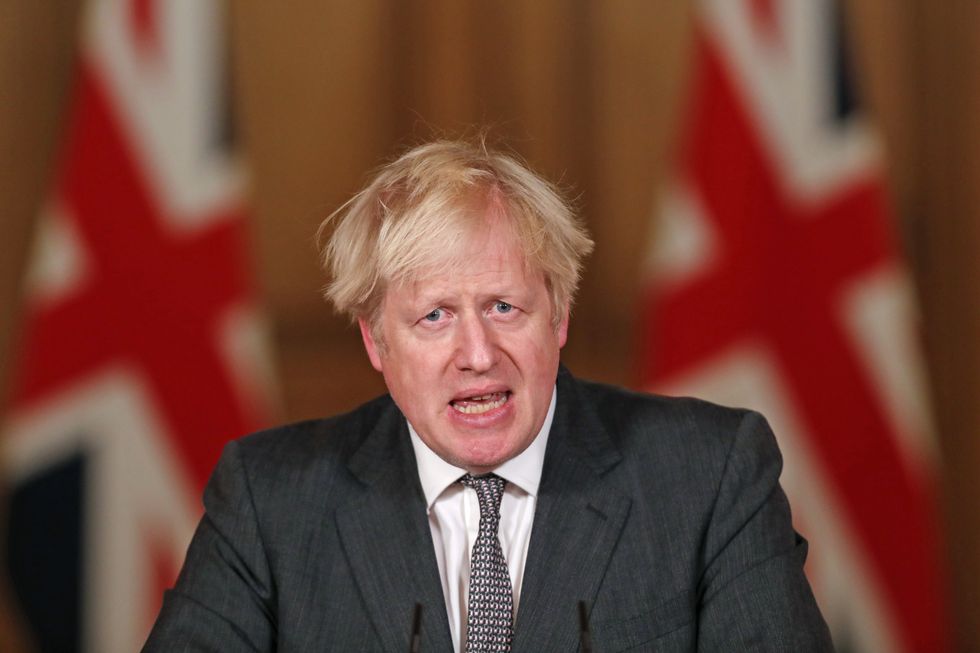Boris Johnson announces Freedom Day to be pushed back by a month

Prime Minister Boris Johnson speaking at a press conference in 10 Downing Street, London, following the tightening of England's Covid-19 tiers.
Heathcliff O'Malley/Daily Telegraph










